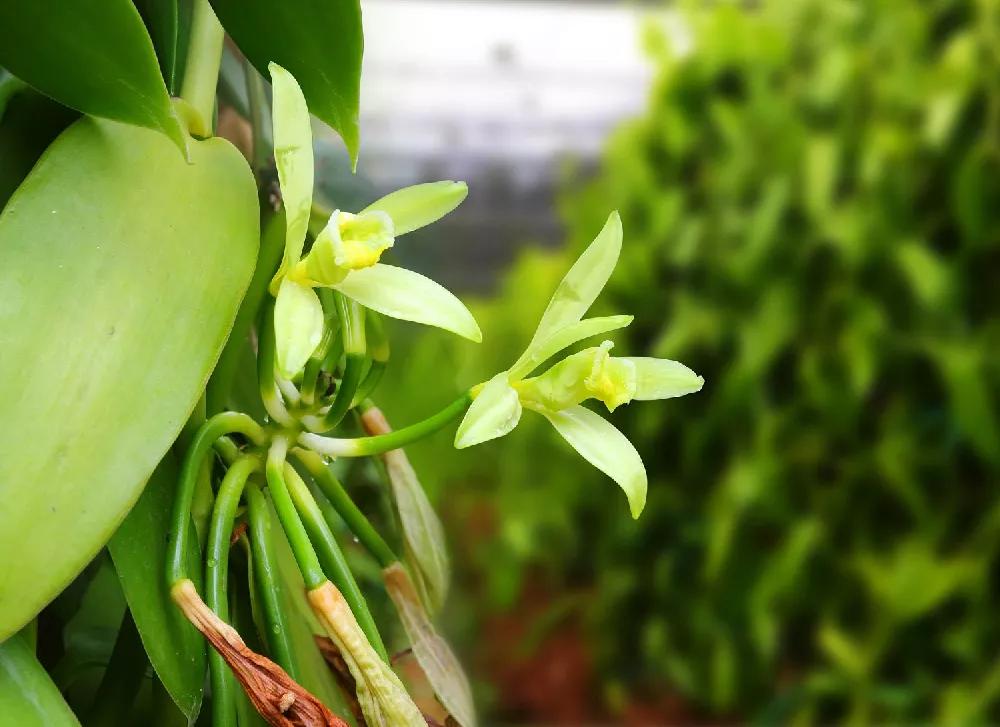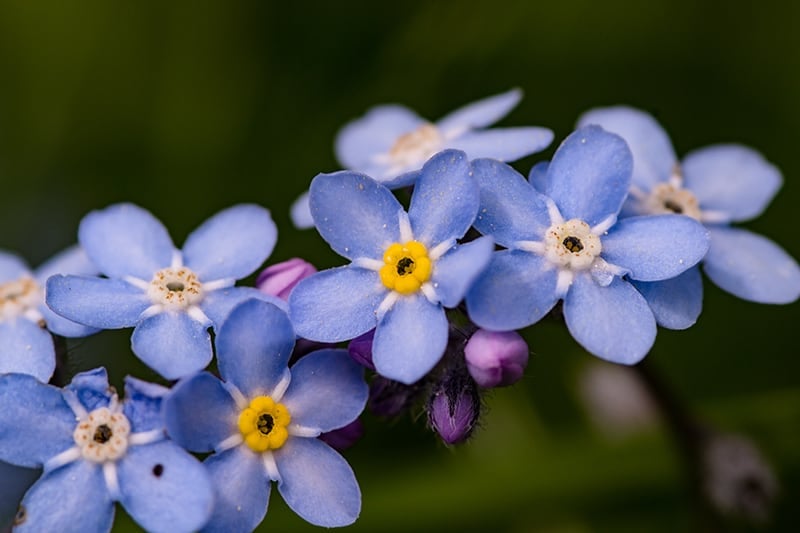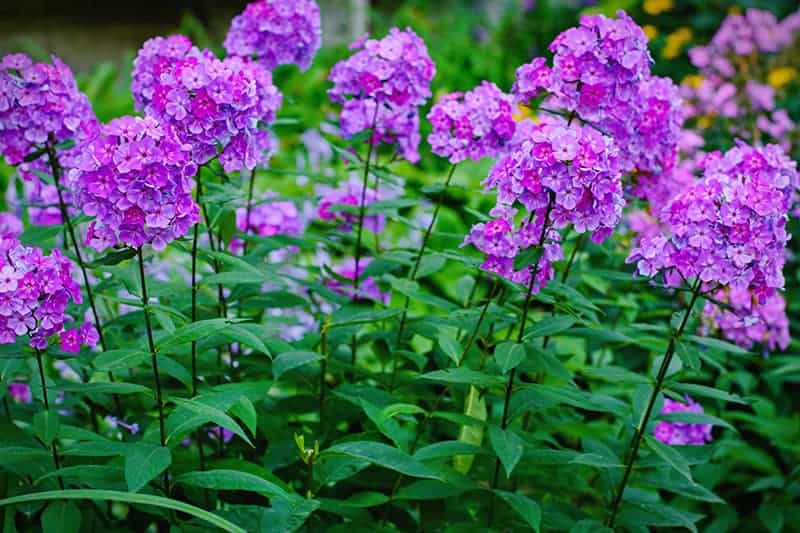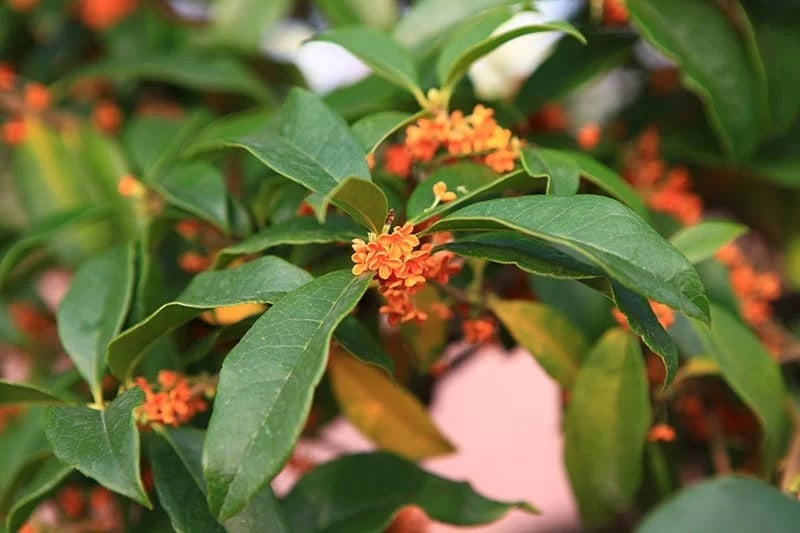- Home >
- Orchids
Orchids for Sale - Buying & Growing Guide
Filters
Price Range
Growing Zones
Plant Type
Flower Color
Sunlight
Mature Height
Plant Characteristics
3 Results
Orchids – Buying & Growing Guide
Orchids have the reputation of being the glamorous divas of the plant world, but there are members of this diverse and beautiful family that can be cared for with little fuss. Shop our orchids and find one that’s right for you.
How to Plant Orchids
In most of the U.S., orchids are grown as container plants indoors. As tropical plants, they are not tolerant of cold temperatures or frost. In addition, some of them benefit from added humidity, frequent watering, and grow lights. But others will happily grow in a sunny window in any room in the house with little extra care.
Many types of orchids are epiphytes, which means they grow in air rather than soil. These can be planted in peat moss, perlite, coconut fiber, or other light, inert materials. Some orchid types, such as paphiopedilums, grow in soil. Be sure you know which type you have when you purchase your plant.
How to Grow Orchids
- When. If you are growing your orchid outdoors, it is best to plant it in the spring. Container plants, however, can be planted at any time. If your plant is in bloom when you buy it, wait until the flower has died (cut it off after it fades) before transplanting.
- Where. Container orchids should be grown in planters with excellent drainage. Although the plants need regular water, letting the roots get water-logged is a sure way to kill it.
- How. Take your orchid out of its pot and remove the growing medium around the roots. Cut away any that are shriveled or blackened. Set the plant in a container that is big enough to hold the roots with some space around the edges, and fill in around the soil with the proper growing medium for your type of orchid. Water the orchid, and be sure that excess water is able to drain out of the pot.
How to Care for Orchids
- Watering and nutrients. Water weekly during the summer. In the winter, water once a month and mist it regularly. Fertilize in the summer with a product designed for orchids. Do not fertilize in the winter unless your plant’s directions call for it.
- Pruning. Prune off dead leaves and flowers when you see them. Cut faded flowers back to the main branch. Remove your orchid from its pot once a year and prune back any dead or damaged roots. Replant it in a slightly bigger pot.
- Pollination. Many orchids use nectar to lure insect pollinators; others rely on chemical signals or color. Pollination causes the flower to collapse and a fruit capsule to grow that contains tiny seeds — more than a million in each capsule for some varieties.






